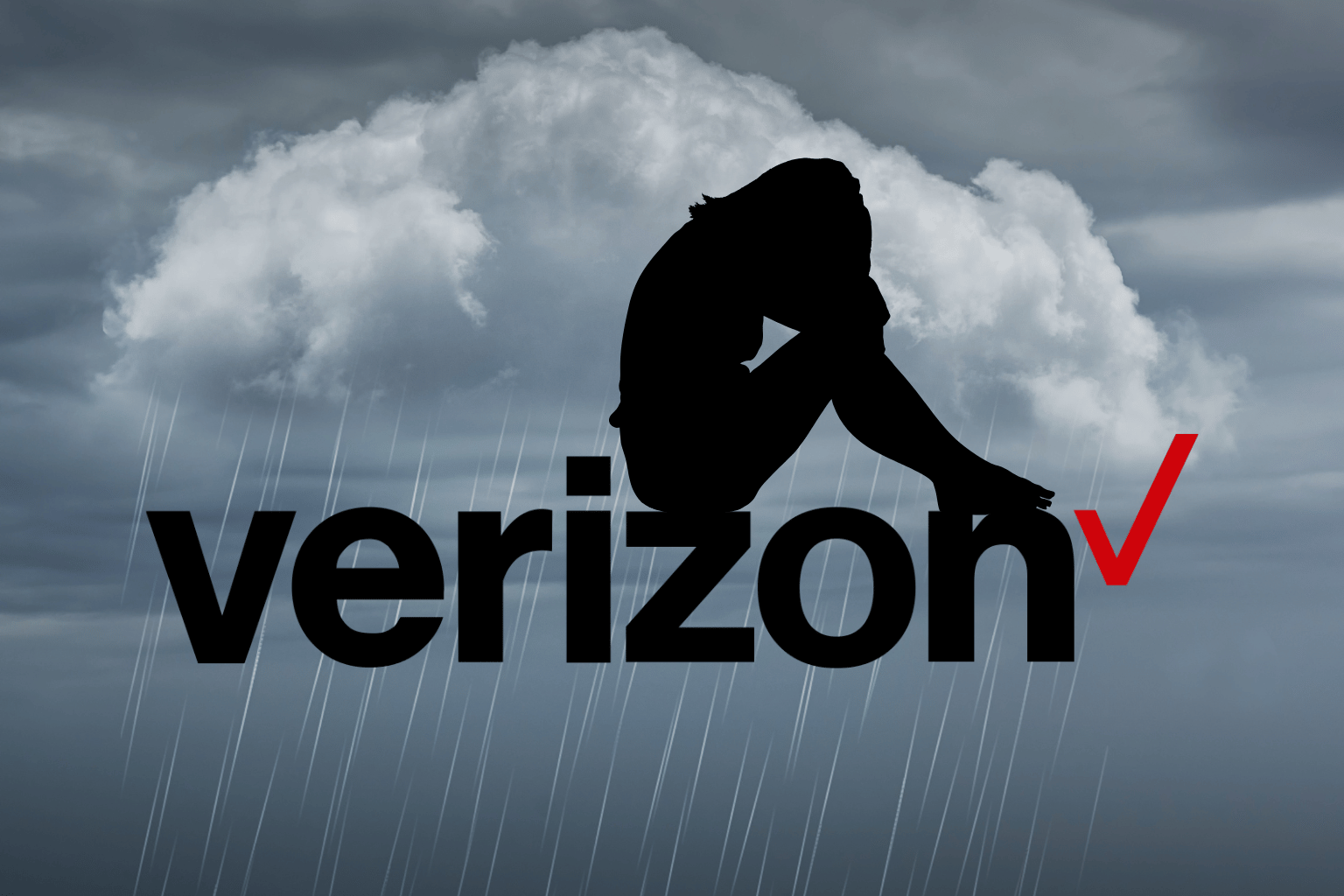In a bold move that underscores shifting priorities in the telecom and tech sectors, Verizon is reportedly planning to cut around 15,000 jobs — roughly 15 % of its workforce — in the coming weeks. This is the largest downsizing the company has ever announced.
Such a significant reduction isn’t isolated. The ripple effects are being felt across large companies, signaling potential trouble ahead for sectors once deemed stable.
Why is Verizon Cutting So Many Jobs?
The reasons behind Verizon’s decision reflect broader trends:
- Heightened competition in the wireless and broadband markets. Analysts note that Verizon faces mounting pressure from both traditional rivals and digital challengers.
- Shift in business model: The company plans to convert some of its retail stores into franchise operations, which reduces direct employee counts and changes the operational cost-structure.
- Cost-cutting under new leadership: With restructuring underway, big carriers are looking to tighten belts, streamline operations, and re-invest in growth areas (like 5G, fibre, digital services) — but that often means fewer people doing the “old” work.
The Broader Implication: Layoffs Across Large Companies Are Quietly Building
When a major brand like Verizon takes this step, it sends a message to the wider corporate ecosystem: even large, well-known firms aren’t immune to disruption. Some implications to note:
- Talent glut vs. talent shortage paradox: While certain tech and digital niches remain hot, many roles (especially legacy operations, retail, customer-service functions) are under pressure.
- Geographic and sector ripple: Regions with heavy enterprise footprint may feel the impact via local unemployment, slower hiring, and reduced consumer spending.
- Signal to mid- and small-sized companies: If major firms are cutting roles, smaller firms may follow suit or halt hiring, meaning the hiring climate could chill, even in sectors still touted as growth-oriented.
What Workforce & Job Seekers Should Watch
For professionals (and your clients) navigating this environment, here are strategic considerations:
- Upskill toward growth areas: Focus on emerging functions in digital-services, data, automation, and customer-experience rather than roles tied to legacy systems.
- Stay agile: With corporate structures shifting, fewer roles may have fixed long-term trajectories. Be ready to pivot, take hybrid roles, or work in leaner teams.
- Personal brand counts: When organizations reduce workforce size, they often prioritize high-visibility, highly-impact contributions. Make sure your work is visible, outcome-driven and positioned around measurable impact.
- Network smartly: In times of turbulence, who you know and how you’re connected matters. Cultivating a strong professional network can provide early warning signals and opportunities when hiring starts again.
What Business Leaders & Marketers Should Do
As the founder of a digital-marketing firm, here are actionable takes for your clients or for your internal team:
- Reassess hiring strategy: If your client is in a sector facing headwinds (telecom, retail, traditional media), rethink full-time hiring: consider contractors, freelancers, or project-based work instead.
- Invest in digital-resilience: Use this juncture to push for more automation, better data usage and leaner digital operations — things that can soften the blow when workforce reductions hit.
- Focus on retained marketing models: With cost-pressure everywhere, recurring-revenue, retainers, and outcome-oriented engagements become more compelling than one-off campaigns.
- Prepare messaging & positioning: In uncertain times, companies that message stability, innovation and value have an edge — both for customer confidence and employee retention.
Looking Ahead: What To Monitor
- Announcements from other major corporations in telecom, media, tech (are they following Verizon’s lead?).
- The link between layoffs and investment into new growth areas (for example: AI-driven automation, 5G upgrades, fibre expansion).
- Regional job-market trends: are layoffs concentrated in retail/operations vs growth areas like data science or cloud?
- The hiring climate for marketing, tech, digital roles: are companies pulling back or shifting resources?
Conclusion
The reported elimination of roughly 15,000 roles at Verizon signals more than just a cost-cutting move — it marks a moment of transition for large firms facing market disruption. For professionals, this means leaning into agile skills and visible impact. For marketers and business owners (like clients of IseMedia), it means helping clients build digital resilience, lean operations and messaging that emphasises growth and value. In a time where stability is rare, being proactive matters.


